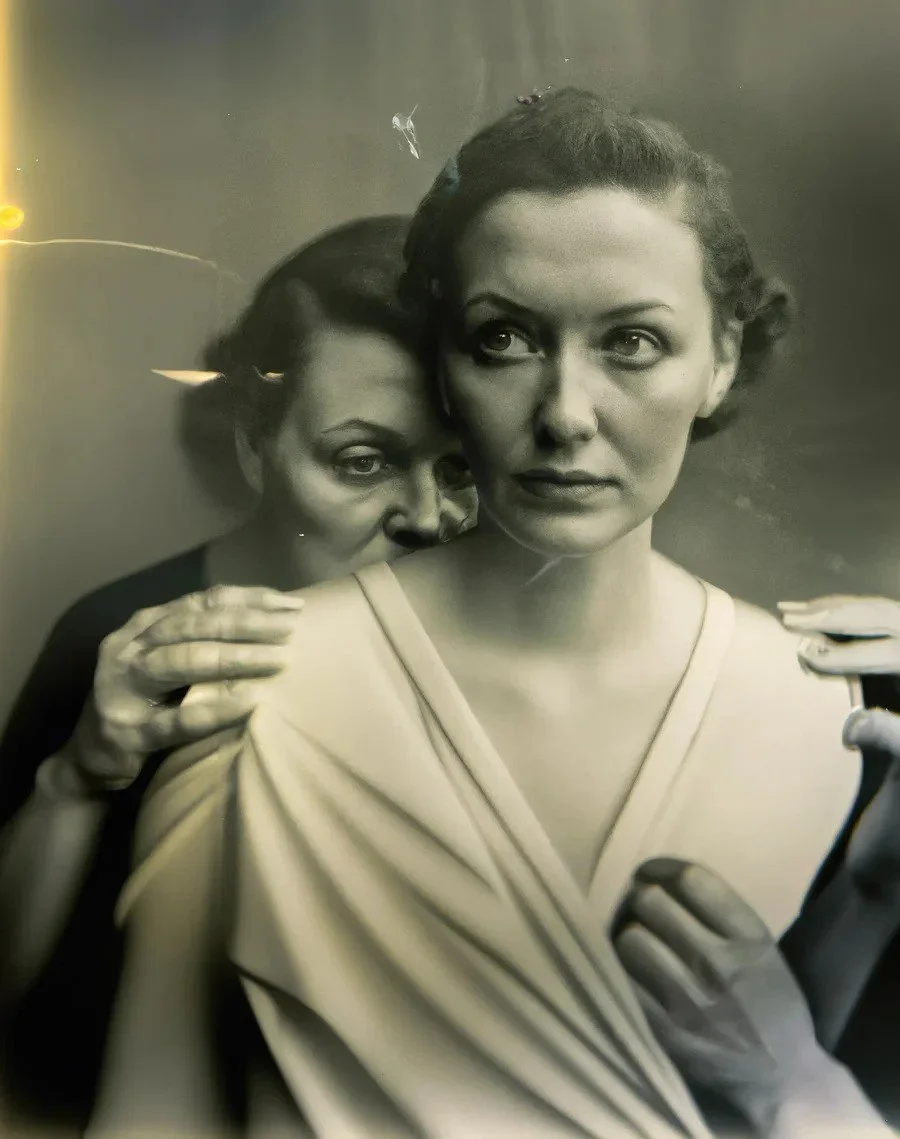Boris Eldagsen submitted an artificial-intelligence-generated image to a photography contest as a “cheeky monkey” and sparked a debate about AI’s place in the art world
Integrating AI into Artistic Workflows: A Practical Guide
By Michael-Patrick Moroney
Why This Matters
Throughout history, each wave of technological advancement has required creative minds to recalibrate their relationship with the tools of their trade. The printing press did not diminish the role of the writer - it expanded the reach of the written word. The camera did not replace the painter - it changed what realism meant. In this lineage, artificial intelligence is merely the latest in a long continuum of catalysts for artistic evolution.
“The fear has sometimes been expressed that photography would in time entirely supersede the art of painting. Some people seem to think that when the process of taking photographs in colors has been perfected and made common enough, the painter will have nothing more to do.”
- Henrietta Clopath, 1901
Yet, its arrival is distinct in one way: it mimics us. It mimics language, style, intuition. And that mimicry can feel either unsettling or illuminating, depending on how clearly an artist understands their own process.
Take, for instance, Sam, a multidisciplinary creator who works across music, visual design, and storytelling. Her projects begin in a swirl of sketches and sounds, evolving through prototyping, feedback, and revision. Sam doesn’t look to AI to invent for her. She looks to it to interrupt; to jolt her imagination when it stalls, to echo ideas back with unfamiliar tone or texture.
Step 1: Understand Your Process Before You Augment It
The first step is not choosing the tool. It is understanding the workflow. What is your starting point? At which moment does your intuition falter? What is sacred in your process, and what could benefit from external disruption?
Sam discovered that while she was confident in her visual and musical instincts, she often hit resistance when bridging those ideas to narrative structure. Knowing that, she could explore AI as a partner for idea-generation and tone exploration, rather than for structure or execution.
Step 2: Treat AI as a Conversational Partner
Artificial intelligence excels not at originality, but at variation. It surfaces possibilities. It reframes ideas. But it must be prompted - precisely, personally.
When Sam began inputting specific prompts rooted in mood, memory, or personal metaphor, the results began to mirror back something useful. Not correct. Not finished. But useful. As with any meaningful collaboration, clarity of intent matters more than cleverness of input.
Step 3: Match the Tool to the Moment
Every creative process contains multiple thresholds; moments of divergence or uncertainty. AI tools work best when deployed at these junctures:
For visual artists: generating thematic inspiration or style variations
For writers: unblocking structure or proposing alternate phrasings
For musicians: testing harmonic shifts or rhythmic overlays
Sam found value in using Runway to produce speculative visual treatments, and ChatGPT to iterate on conceptual tag-lines. Yet she remained protective of her final edits, recognizing where human judgment was not just preferred, but necessary.
Step 4: Invite the Unexpected
All creativity is, to some degree, a controlled collision between intention and accident. AI introduces what engineers call “hallucinations”: outputs that break logic but can provoke meaning.
A nonsensical lyric or jarring visual composition might unlock something dormant. Sam’s encounter with the phrase “paper sky radio”, produced from an AI writing prompt, led her to an entirely new series of mixed media installations. She had no idea what it meant. But she felt it.
Step 5: Reflect, Reassess, Iterate
The most enduring creatives are those who build reflection into their process. Sam began tracking what tasks AI helped with, which it hindered, and which it reframed entirely. This documentation allowed her to refine her prompts and better anticipate what roles AI could play in future projects.
Questions to ask yourself regularly:
Is AI clarifying or clouding my intent?
Am I amplifying my voice—or muting it?
What emotional quality am I losing—or gaining—in this collaboration?
Tools Worth Exploring
The following tools are accessible and increasingly used by creatives across disciplines:
Udio – Music and lyric generation
Runway – Video, design, and image generation
ChatGPT – Narrative exploration, brainstorming, content structure
Boomy / Mubert – Generative music and ambient sound environments
These are not silver bullets. They are conversation starters.
Final Thought
It is too early to know yet if AI is a revolution to fear; it is a reflection to study. Its outputs are only as nuanced as the questions we pose. When artists understand their own rhythm, values, and aesthetic priorities, they can invite AI into the studio, not as a replacement, but as a provocation.
It is about becoming more fluent in your own practice, so that any tool - AI or otherwise - can be wielded with discernment, and maybe even a little wonder.
Michael-Patrick Moroney is a creative consultant, producer, and technologist who has spent over two decades helping artists, designers, brands, and storytellers navigate shifts in technology - from the dot-com days to the rise of AI. He runs Contact High Music and continues to release work across media, build tools, and collaborate across disciplines.
